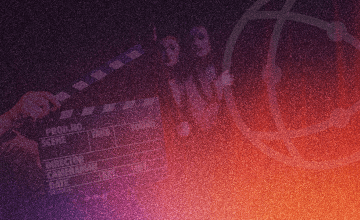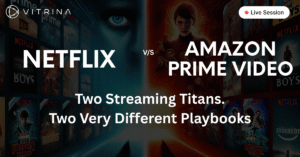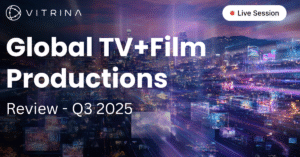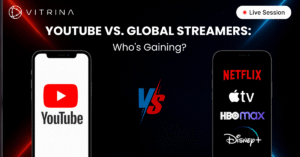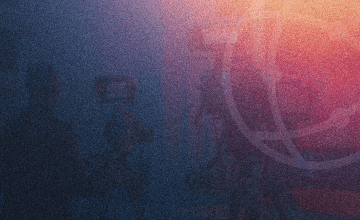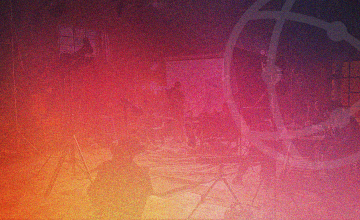Last Sunday, I found myself in YouTube’s suite, perfectly positioned above the 50-yard line at Levi’s Stadium in San Jose. While the 49ers triumphed over the Cardinals, my focus was not on the game but on the gathering of some of YouTube’s most prominent creators, including YouTube CEO Neal Mohan and NFL Commissioner Roger Goodell. They came together to celebrate YouTube’s partnership with the NFL Sunday Ticket.
My interest lay in understanding the innovative studio system emerging within the platform, which connects creators, audiences, and platforms in a way that is faster, more cost-effective, and more direct than traditional Hollywood. This system serves a vast audience that no studio or streaming service can match. But what does this mean in practice?
Currently, independent filmmakers and content creators seem to exist in parallel universes. In many ways, they are opposites: while indie filmmakers often embrace the authorial vision, influencers closely monitor audience feedback. However, Hollywood is paying attention, and these worlds are starting to converge.
During a four-hour conversation, I had the opportunity to speak with Dhar Mann, Adam Waheed (known as AdamW), and Mohan about their visions for the future of content creation.
Dhar Mann, who boasts 26 million subscribers and runs Dhar Mann Studios in Burbank, specializes in high-drama narratives with uplifting themes. His content often resembles after-school specials presented as vertical dramas, such as “Girl KEPT IN ATTIC From EVIL STEPMOM” (860K views in two weeks) and “Kids MAKE FUN OF Boy With AUTISM, They Instantly Regret It” (68M views in 4 years). For Mann, these stories are deeply personal, rooted in his experiences as an immigrant child.
He shared a story about a friend, a Hollywood producer, who sought his advice on entering the YouTube space. “He was excited about starting his own scripted series on YouTube, having raised a couple million dollars for the first 25 episodes,” Mann recounted. “But I was less enthusiastic after hearing his plan.”
Mann emphasized that “YouTube does not operate that way.” He explained that investing life savings into a single episode is impractical. Instead, creators must focus on building a community and gathering real-time feedback. “You plan one episode at a time, and once you get feedback, you can iterate,” he said.
His production schedule is rapid, often involving less-experienced talent. While it may seem modest compared to Hollywood standards, Mann believes this approach is part of its charm. “Hollywood can produce grander projects, but it doesn’t take $100 million to tell an amazing story,” he stated. “What resonates is the relatability of our content, featuring everyday people who look like us.”
Adam Waheed, with over 20 million subscribers, creates comedy shorts that reflect real-life situations, such as dealing with overweight luggage or paying for grocery bags. He believes that relatability is key to virality, with audience comments serving as a constant feedback loop. “The best part of being a content creator is receiving real-time feedback,” he noted. “You’re creating content with your audience rather than for them.”
Waheed described the challenge of distinguishing constructive criticism from trolling as a valuable skill. “It’s fantastic to be able to adapt your content in real time,” he said. “In contrast, a movie takes a year to produce, and then you have to deal with critics’ reviews.”
Despite this, Waheed is preparing to step into the traditional film world with his first feature, a romantic comedy set to begin production in Italy and Chicago this fall. With a budget of $4 million to $5 million, financed by Range Media and CAA, the film will premiere exclusively on YouTube. “Some people say you can’t release something on YouTube and make money, but that’s changing,” he asserted. “I believe this will become the new format, with Netflix and other streamers becoming the old model.”
While Waheed has a built-in audience of 20 million, he estimates that only a small fraction would follow him to other platforms. “I don’t want to go anywhere else,” he said. “In a perfect world, I’d stay on YouTube. It’s hard for any streamer to replicate what YouTube offers, but YouTube can easily adopt features from other platforms.”
Neal Mohan, who oversees over 2.5 billion monthly active users on YouTube, believes that the platform can accommodate various creative visions and formats. “YouTube should be the place to connect with your audience, regardless of the format,” he stated.
Mohan highlighted a groundbreaking deal with Bollywood star Aamir Khan, who released his blockbuster “Sitaare Zameen Par” (Stars on Earth) on YouTube immediately after its theatrical run. This innovative approach allowed viewers to access the film in its original format with subtitles in ten languages. “Khan wanted his project to reach as many people as possible, and YouTube was the ideal platform,” Mohan explained.
While Khan profits from $6.99 rentals, Mohan noted that creators can also explore various monetization options, including ads, memberships, and sponsorships. “You can see how brands engage with creators,” he said, referring to the interactions within the NFL suite. “We aim to provide multiple creative avenues and business models for creators.”
This approach may challenge traditional filmmakers, but Mohan believes it aligns with artistic intent. “Creators often ask me about the path to success on YouTube,” he said. “While I can offer numerous tactics, the most important factor is authenticity. It must reflect your creative vision and what you want to express.”
As the 20th century belonged to studios and the 21st began with streamers, the next era may be defined by creators who operate as both. Hollywood still measures success by box office numbers and festival debuts, while creator-led studios focus on fan engagement and rapid iteration. For them, every upload is a premiere, every comment is feedback, and every community serves as a distribution engine.
At Levi’s Stadium, YouTube showcased its football prowess. However, the more significant development may be the new studio system its creators are building—one that operates not on Hollywood’s timeline but at the speed of culture.
Disclaimer: This article has been auto-generated from a syndicated RSS feed and has not been edited by Vitrina staff. It is provided solely for informational purposes on a non-commercial basis.
























